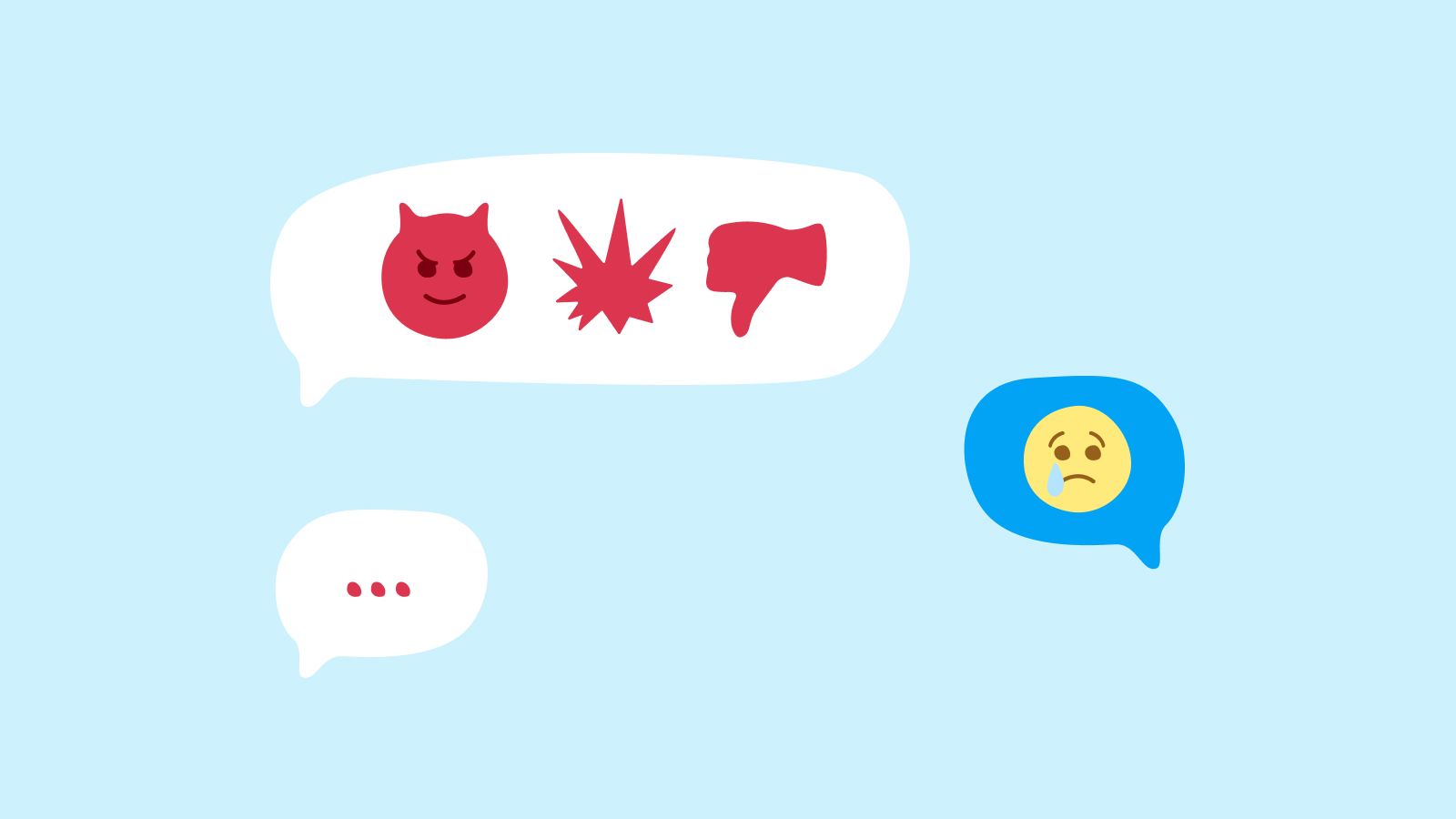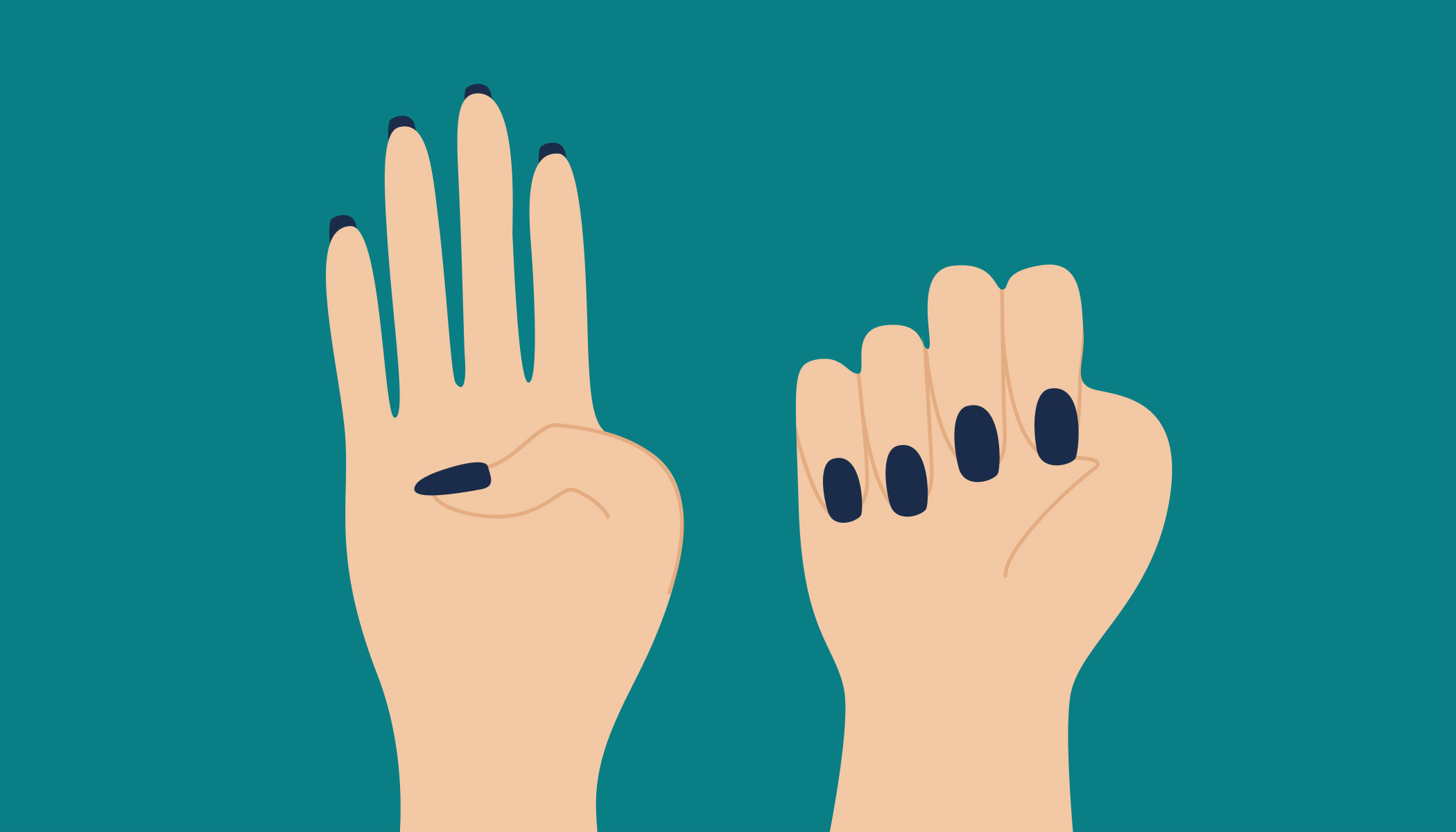Quick facts
- Itching from eczema may be relieved by emollient creams, though severe cases may require prescription medication
- Infants often get nappy rash which usually clears up in a few days
- Urticaria or ‘hives’ is triggered by allergies, so antihistamines may be an option
A child or baby suddenly developing a skin rash can be alarming for parents. The good news is that most rashes are not serious and can easily be treated at home.
That said, it’s helpful to be aware of the serious symptoms which mean that you should seek immediate medical help.
Red flag symptoms not to ignore
If your child seems unwell or has a fever, you should see your doctor. And if they have a rash that doesn’t fade when you press a glass against it, seek emergency medical treatment via A&E. This could be meningitis. Other signs — which may appear before this tell-tale rash — are:
- a stiff neck
- your child being bothered by light
- your child seeming confused
- uncontrollable shaking
- a high fever you can’t control
- unusually cold hands and feet
Fortunately, most parents will never encounter meningitis. In Europe there are just 0.6 cases reported for every 100,000 people — but it’s important to be alert to the warning signs.
Here we reveal the five most common rashes new parents see our doctors about, and what you can do as well as when to consult a doctor.
Different types of rashes on babies & children:
1. Eczema
Eczema affects 5-15% of children and is characterised by itchy, dry, cracked skin. It can appear anywhere but in children it most commonly affects the hands, insides of the elbows, the backs of the knees, face and scalp. The most common form is atopic eczema, which is also known as atopic dermatitis.
Eczema can be set off by food allergies, chemicals in soaps and detergents, stress, and even cold weather, so it may take a little detective work to identify every trigger. It sometimes coincides with your baby teething or another infection, such as a cold. Eczema often runs in families, where it is closely linked to asthma and allergic nasal conditions causing a runny nose and sneezing (like hayfever). Together, these three conditions, linked by genetics, are termed atopy.
Treatments focus on reducing itching and using special moisturisers called emollients which provide a barrier to protect the area. These are available as lotions, sprays and creams from pharmacies. As a general rule, try to use the richest one which is comfortable. Avoid aqueous cream as this can make eczema worse. Severe cases may need a short course of cortisone cream prescribed by a doctor.
2. Impetigo
Impetigo is a common, and highly contagious, skin infection which starts with red sores or blisters that burst and leave crusty yellow scabs. It usually affects skin that has already been damaged, and is sometimes associated with bad eczema.
If you think your child has impetigo, see your doctor — who may prescribe an antibiotic cream or tablets. The affected area should be kept clean and dry, and covered with loose clothing or gauze bandages.
Wash yours and your child’s hands regularly and wash bedding, towels and flannels at a high temperature to reduce the risk of the infection spreading. It’s also a good idea to wash or wipe down toys and anything else your child touches regularly.
3. Chickenpox
Chickenpox is another common, and very contagious, childhood infection, which starts with red spots that then fill with fluid. Unlike impetigo, chickenpox is not associated with broken skin and your child will probably have other symptoms. Before the spots appear, your child may also:
- Feel unwell
- Develop a high fever (over 38°C)
- Complain of aches and pains, or
- Lose their appetite.
Chickenpox is intensely itchy and your child will probably feel miserable. Paracetamol will help with discomfort, but do not use ibuprofen as this can trigger skin infections. Encourage your child to drink plenty of fluids to prevent dehydration.
Simple anti-itch measures such as cutting their nails and putting socks over their hands at night can help stop them scratching. A cool bath with added baking soda or finely ground oatmeal will help ease itching, but be careful to pat the skin dry, rather than rubbing it. Dabbing calamine lotion on the blisters will also help.
4. Hives (urticaria)
Hives is an allergic rash which comes in all shapes and sizes and can appear anywhere on the body. Sometimes urticaria, or ‘hives’ as it’s also known, emerges as large raised patches or red skin and sometimes it appears as a series of small red spots. It’s usually itchy and often stings or burns.
The rash is triggered by the body releasing histamines. These are chemicals the immune system releases as an allergic reaction to substances such as food, plant pollens, insect bites, infections or dust mites. Urticaria can settle down in a matter of minutes, and sometimes it can persist for a few days.
If the itching is severe, ask your pharmacist about antihistamines — there are some which can be given to children over 12 months of age — or ask your doctor, who may prescribe them for infants. Speak to your doctor if the rash doesn’t improve after two days, if your child develops a temperature or if they keep getting hives. Call emergency if the rash spreads quickly, if they have trouble breathing or develop other acute symptoms such as swelling on the face, lips or tongue.
5. Nappy rash
Nappy rash affects 1 in 3 babies and toddlers at some time. It develops if they have worn a soiled nappy for too long, the nappy has rubbed against their skin or they haven’t been cleaned thoroughly during nappy changes. Many parents say nappy rash is more common when a child is teething, and it can also be triggered by antibiotics or using alcohol-based baby wipes, soap, detergent or bubble-bath.
It is characterised by red, irritated and sometimes sore skin. If you use a nappy rash cream, followed by a barrier cream, and change nappies regularly it generally clears in two or three days. Letting your baby lie on a towel without a nappy, and avoiding talcum powder and scented lotions can also help.
But if your child develops a bright red rash with red or white spots, particularly if it spreads into the folds of their skin, they may have a fungal infection, and you should ask your doctor for advice.
To prevent fungal infections spreading, it’s important to wash your hands thoroughly after nappy changes, use separate towels and wash them at a high temperature.
Reviewed by: Rhianna McClymont, Lead GP, Livi


